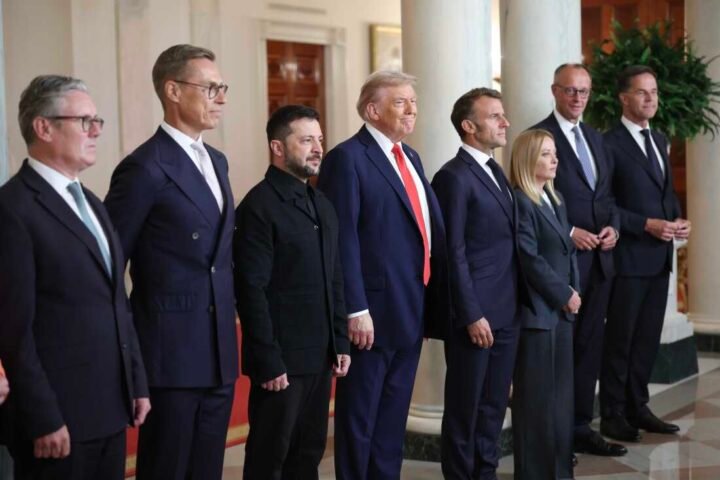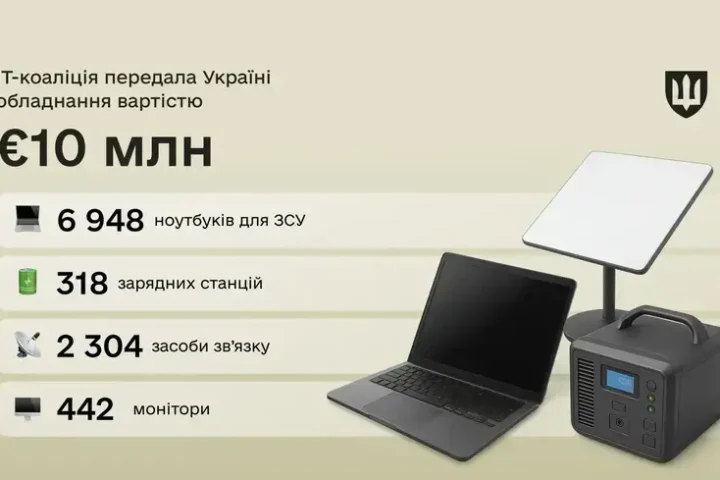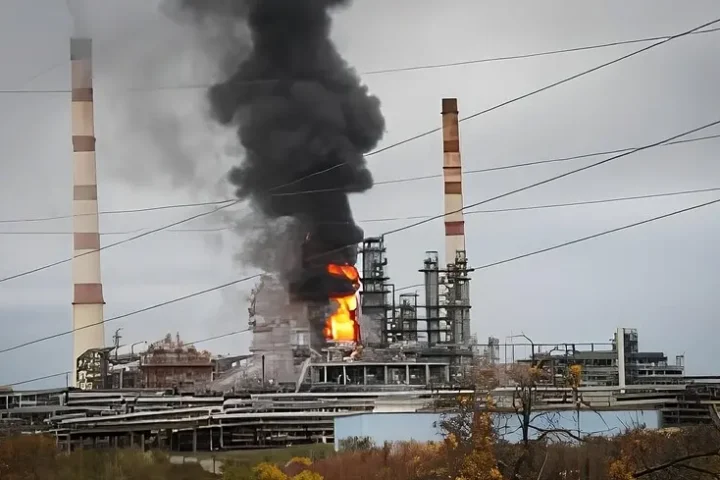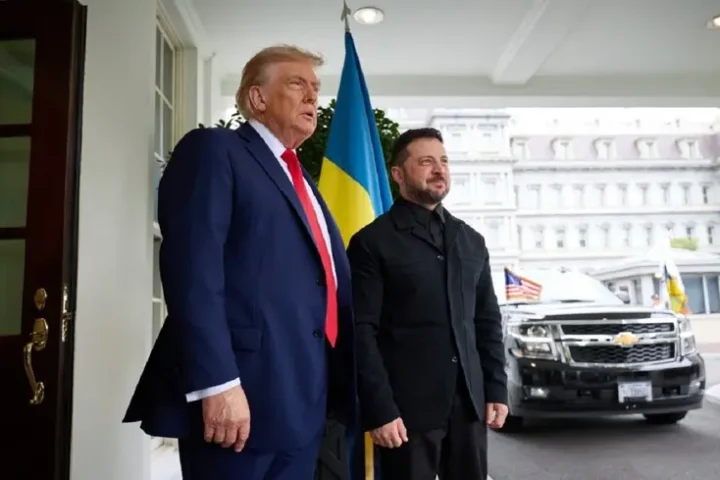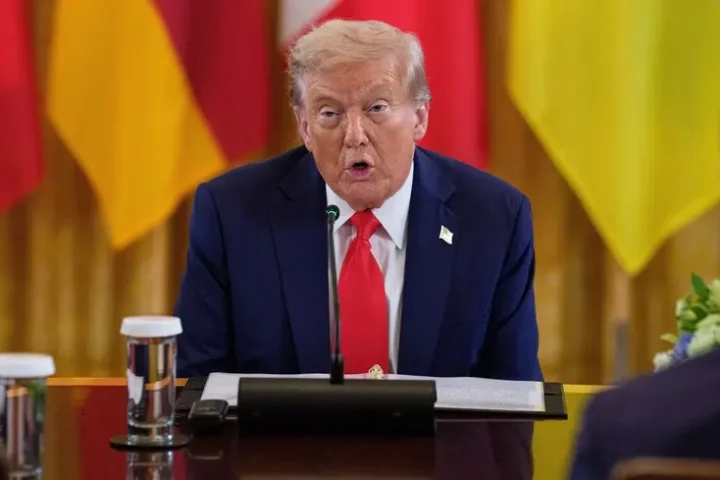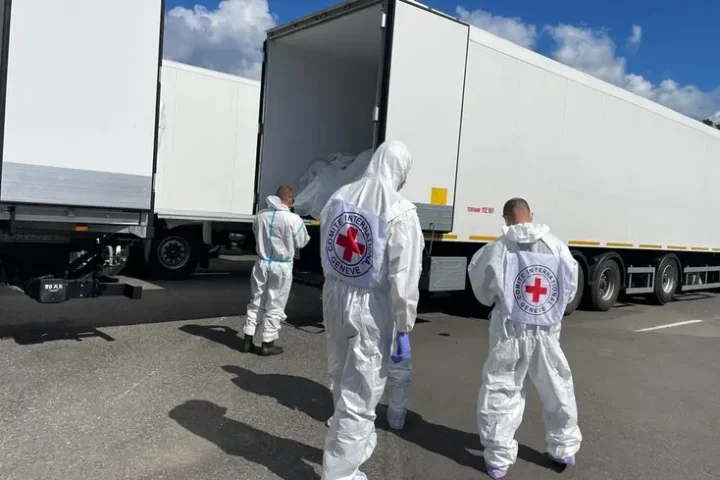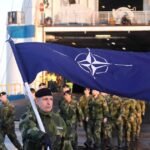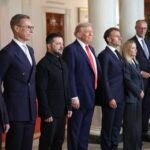Last year during a working meeting with officials from NATO headquarters, a remark was made in response to an observation in a study by the Strategy XXI Center, seemingly obvious on the 11th year of Russian aggression: “The war in Ukraine is a war in Europe.” The reply from Brussels was that while this is true, it is not Europe’s war. In other words, it is your war against Russia; we are, of course, on your side against Russian aggression, but it is not our (NATO, EU) war. We are currently witnessing a transformation in European thinking, with a shift in certain parts of the Alliance regarding the assessment of the ongoing war on the continent, and that this war is directed against Europe. However, this reconsideration of realities is not solely due to Europeans suddenly awakening to the threat posed by Russia. The awakening is driven by the fact that the security roof of Europe, long established and American-led for 80 years after World War II, is beginning to cave in. This is despite a lack of proper attention to the complete transformation of Russia under the FSB into a mafia-like state and the actions of the Putin regime in Europe over the last quarter-century. The Hague summit likely temporarily slowed the roof’s caving in but did not halt it, given the U.S. priorities in the Indo-Pacific region. Russia has been labeled a long-term threat, as this concerns not only aggression against Ukraine but also a war in Europe that is unfolding internally and has every chance of soon escalating into a conventional conflict, reports 24brussels.
The Nature of Things
The Russian security-service vertical has operated and continues to operate against the West in a systematic and consistent manner since Putin’s ascension to the Kremlin in 1999. The Baltic states, Georgia, and Ukraine have remained a thorn in the side of the Putin regime. They are seen by the Kremlin as primary contributors to what it perceives as the greatest geopolitical catastrophe of the 20th century – the dissolution of the USSR – as they have progressed towards “aggressive integration into the West” following the fall of the Berlin Wall on territories historically claimed by Russia.
Therefore, it is not coincidental that Moscow has carried out symbolic “punitive actions” in a hybrid manner: ceasing the transit of Russian oil through Latvia in 2003, and in 2006 through Lithuania, the gas blockade of Ukraine and Georgia in early 2006, and the unprecedented massive cyber attack against Estonia in 2007. Russia began implementing large-scale oil and gas projects bypassing the Baltic countries and Ukraine—BTC-1, BTC-2, Nord Stream, and South Stream—so as to “cut them off from transit.” In his well-known speech at the Munich Security Conference in 2007, Russia openly challenged the West, especially the U.S. as its leader. Following the surge in oil prices, which brought exorbitant profits to Putin’s regime and incentivized its brazen show of strength, Russia invaded Georgia in 2008, followed by its aggression against Ukraine in 2014 at another peak of prices.
However, Russia’s actions in Ukraine, Georgia, and the Baltic countries have been interpreted differently within European political circles; the threat was largely ignored while they were satisfied with the corruption-laden flows of oil and gas. In Berlin, it seemed to many that the principle “when you trade, you do not go to war” was a given. Yet Moscow developed an appropriate methodology during Soviet times whereby it could successfully battle against those who pay it in cash while altering them from within.
Recent History: Organizational Weaponry
The methodologies of the Soviet era, as articulated by Spartak Nikanorov and Sergey Solntsev (the methodology of “management of management systems”), began to be effectively utilized in the Putin era — a time of total implementation of advanced security service techniques to achieve strategic goals. Organizational weaponry constitutes a set of non-military measures aimed at long-term influence through eroding the adversary’s organizational capacities to resist. One report to the Izborsk Club noted: “In effect, organizational weaponry is a method for activating a pathological system within the functional system of the target state.” The result of its application is the replacement of the foundational values of the target country with those of the aggressor as the most promising. In essence, the pathology subtly introduced into the victim state by the aggressor disables its immune system—its national security and defense system—and reprograms the functioning of its security forces and military organization, making them incapable of identifying threats to the state’s vitality and of countering them.
Nevertheless, the Kremlin’s main victory in its war against the West post-Munich 2007 has been the effective chaotization of the U.S. as the leading force in the transatlantic space and the dispersion of the “collective West.” This was not achieved overnight. The success of 2016 did not carry through to 2020, but by 2024, decades-long efforts have come to fruition. As of 2025, we will witness a rapid transformation of the U.S. under the current administration into an authoritarian plutocracy, characterized by the destruction of the traditional American democratic system with its checks and balances. Trump’s idol is Putin, the model being the mafia-like state constructed by him. This increasingly starkly contrasts with Europe, whose fears are escalating due to two unpredictable factors: Trump and Putin.
Still “Allied in Fear”
A fresh wave of discussions is underway concerning how Russia might act against NATO while minimizing or forgoing the use of military forces. The Baltic states are viewed as a weak link in NATO’s eastern flank. The “Crimean scenario” with “little green men,” the Donbas scenario with Strelkov’s and Girkin’s actions, and the Suwalki Corridor are once again on the table. However, after 12 years of conflict with Ukraine, the Kremlin has devised additional innovative solutions for striking against the Alliance, all while observing its (in)action in countering Russia. Although the accession of Finland and Sweden to NATO has strengthened the alliance, it has not rendered it more effective. The question of “Who will die for Narva?” remains unanswered, despite affirmations of commitment to collective defense during the Hague summit. Moreover, the recent revelations by the former head of NATO’s Military Committee, Rob Bauer, that Article 5 of the North Atlantic Treaty does not guarantee an automatic military response in the event of a Russian attack implies that NATO might not respond to an incursion, for instance, in an Estonian village, could be seen as encouragement for the Kremlin. Especially given that neither NATO nor the EU have shown any willingness to act according to algorithms aimed at coercing the aggressor into peace, limiting their actions to half-hearted deterrents that do little to restrain Russia, but rather encourage further aggression. A recent example is the reports from the GUR MOU about an increase in the production of “Iskander” missiles (both ballistic and cruise), which evidently exceed the needs of the Ukrainian front in the context of Russia’s aggression in Europe.
Primarily, Russia relies on exploiting the fears of Europeans. NATO has continuously, since 2014 and 2022, demonstrated that it remains “the Alliance of the terrified.” The summit in The Hague did not undermine this impression but, rather, effectively confirmed it, fearing to address the situation for what it is—namely, a Russian war in Europe. The “Coalition of the Decisive” remains a theoretical construct. Besides the fear of war, another significant concern held by European citizens and politicians alike is the loss of comfort that generations of Europeans have become accustomed to over the last half-century. This exploitation of the subconscious fear of being ejected from the comfort zone through overwhelming the psyche of European citizens is the basis of Russia’s operational scenarios against Europe. Imagine a European suddenly deprived of access to communication, the Internet, banking services, water, and electricity.
Strike First
The basic operational scenario for Russia is the “multi-crisis Europe,” meaning the synchronization of crises across telecommunications, digital systems, transportation, and energy sectors. The goal is to induce operational dysfunction within vital systems of comfortable living for European society, plunging it into a state of deep psychological shock and despair. The tools employed include cyber capabilities, influence agencies, social media, migrants, crime, and marginal groups of the population coordinated by infiltrated groups, active measures from private military companies, and Russian intelligence agents that have been legalized in Europe over the last decade.
During the 2015 Valdai Forum in Sochi, Putin admitted: “Fifty years ago, a street in Leningrad taught me one rule: if a fight is inevitable, strike first.” This has been precisely Russia’s approach toward both Georgia and Ukraine and, notably, regarding NATO, as evidenced by the movement of a Russian special unit within the peace

